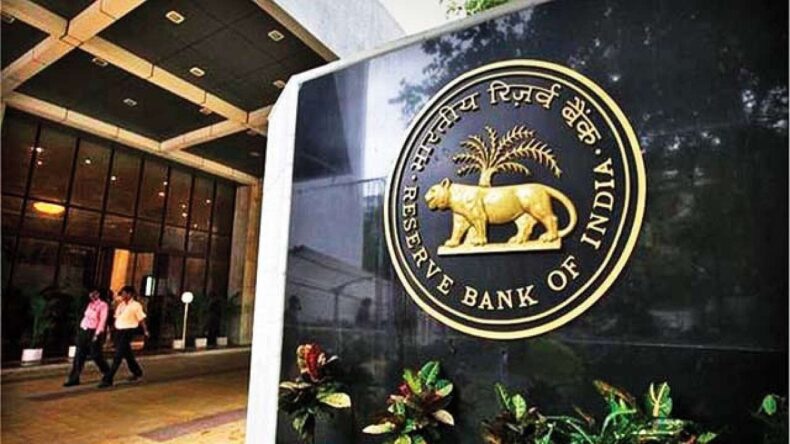The Reserve Bank of India’s future liquidity strategy was a major topic of discussion at a meeting this week between officials from the central bank and a select group of investors in the government bond market, given the dramatic decline in surplus cash in the banking sector.

Drop in Liquidity
According to the Reserve Bank of India, India’s banking sector liquidity has fallen into deficit for the first time in almost 40 months. On Tuesday, the RBI pumped 218 billion Indian rupees ($2.73 billion) into the banking system since May 2019. Overnight rates remain higher, with the one-day call money rate rising to 5.85%, the highest since July 2019.

The odds against the Reserve Bank of India (RBI) continuing with more rate rises to control inflation haven’t become any worse yet. However, economists also think that the increase in call money rates would force the central bank to review its liquidity policies. Its strategy may involve the development of specific repo schedules and fewer frequent currency-market operations.
The Bloomberg Economics India Banking Liquidity Index reported that the amount of extra cash that lenders keep on deposit with the government’s bank dropped to 536.4 billion rupees ($6.7 billion) as of September 19, the lowest level since 2019—the previous time there was a shortage. According to experts from IDFC FIRST Bank Ltd. and Kotak Mahindra Bank, a fall in government spending and tax-related outflows caused the decline.
Clearly, banks have given investors more than just a place to hide in this uncertain market environment—they have also encouraged them with pleasantly unexpected rewards. For instance, the Nifty PSU Bank index just reached a 3-year high, the Nifty Private Bank index is just a few millimetres away from an all-time high, and the Nifty Bank reached a lifetime high on September 15, 2022.
While small-cap banks like Karnataka Bank, South Indian Bank, and RBL Bank Ltd. have spectacularly recovered from their lows, banks like ICICI Bank and SBI are trading close to their all-time high levels.
The present cycle of rate hikes is the main cause of investors’ flight to banking stocks. In an effort to cool their individual hot economies, central banks around the world are racing to raise interest rates as the world struggles to combat inflation that has reached decade-high levels.
Although India’s inflation began to decline steadily from May to July 2022, a spike in inflation in August 2022 (from 6.71% in July to 7% in August 2022) made it evident that interest rate rises would continue for some time.
A growing liquidity shortfall might increase short-term borrowing costs, force the Reserve Bank of India to inject more funds into the banking system, and for it to scale down its currency market operations.
The government’s cash position is included in the core systemic liquidity surplus, which Kumar of QuantEco claims peaked at 12 trillion rupees in September 2021 but has since dramatically decreased to 3.9 trillion rupees.

According to him, the RBI’s dollar sales to counteract the rupee’s decline account for more than half of this shortfall. A negative balance of payments has affected liquidity generally.
As of March 2022, India’s balance of payments was $16 billion in deficit, and economists predict that the gap would continue to grow over the next quarters. The central bank must sell dollars into the market due to a sizable deficit, which drains rupee liquidity.
Between January and July, the RBI sold a net amount of almost $39 billion from its foreign exchange reserves, causing the reserves to drop to a two-year low of $551 billion as of September 9, according to statistics.
Liquidity shortage will endure as long as the balance of payments deficit doesn’t show a discernible recovery.













